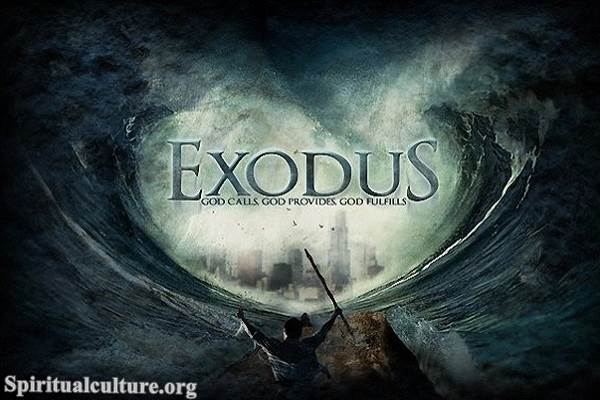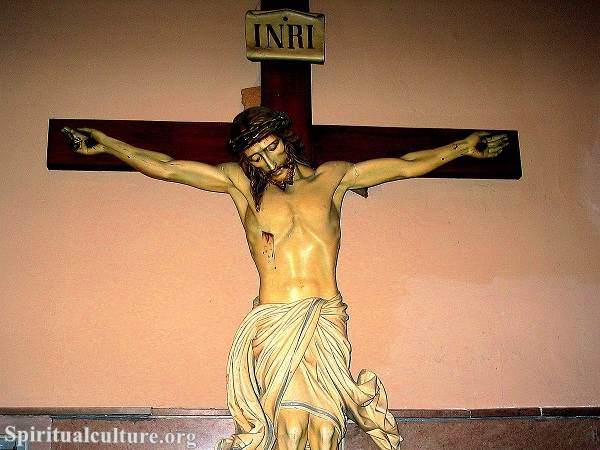From the dawn of humanity, one question has echoed through every civilization and heart: What happens after we die? Judaism, with its rich tapestry of texts, teachings, and traditions, approaches this timeless inquiry with humility, wonder, and deep spiritual sensitivity. Rather than offering dogmatic certainties, Jewish teachings illuminate paths of thought and contemplation, inviting each soul to seek wisdom through ancient insights and living traditions.
In this exploration, Spiritual Culture invites you to delve into the Jewish understandings of the soul, life after death, and the enduring connections that bind this world to the next. Together, let us walk the quiet, sacred paths laid by sages, prophets, and mystics, discovering how Jewish tradition shapes our understanding of existence, mortality, and eternity.
The Concept of the Soul in Judaism
A Spark of the Divine: The Origin and Nature of the Soul
Judaism teaches that the human soul—known in Hebrew as neshamah—originates from a Divine source, described vividly in the Book of Genesis:
“Then the Lord God formed the man from the dust of the ground and breathed into his nostrils the breath of life, and the man became a living being.” (Genesis 2:7)
This “breath of life” (nishmat chayim) symbolizes humanity’s direct connection to God, a sacred spark that imparts intrinsic value and holiness to each life. It is this divine element that shapes Jewish ethics, urging respect, dignity, and compassion toward all beings.
Layers of the Soul: Neshamah, Ruach, and Nefesh
Jewish mysticism, particularly within the Kabbalistic tradition, elaborates further on the soul’s complex structure, identifying multiple layers:
- Nefesh: The basic life force present in all living creatures, associated with instincts and physical survival.
- Ruach: The emotional and moral soul, reflecting consciousness, personality, and spirituality.
- Neshamah: The highest dimension of the soul, connecting human consciousness directly with divine inspiration and holiness.
These layers are not isolated but interwoven, each enhancing our spiritual awareness and guiding ethical living.
The Transition from Life to Death
Death as a Return to the Source
In Jewish thought, death represents a profound transformation rather than an ultimate end. Ecclesiastes beautifully captures this perspective:
“The dust returns to the ground it came from, and the spirit returns to God who gave it.” (Ecclesiastes 12:7)
This imagery emphasizes a return journey—the soul, having completed its earthly mission, reunites with its divine origin. While death brings inevitable sorrow, it is viewed as a natural, sacred passage, part of the ongoing rhythm of existence and spiritual evolution.
Rituals of Compassion and Honor
Jewish customs surrounding death and mourning reflect profound reverence for the departed soul. Practices such as taharah (ritual purification), tachrichim (simple burial garments), and rapid burial affirm the dignity and equality of every soul in its journey toward reunion with God.
Moreover, the traditional mourning rituals—such as shivah (seven days of mourning), sheloshim (thirty-day mourning period), and annual memorial observances (yahrzeit)—provide a compassionate framework for grief, healing, and spiritual reflection, sustaining the enduring connection between the living and the departed.
Life After Death: Olam Ha-Ba and Resurrection
The World to Come: Olam Ha-Ba
Judaism often refers to the afterlife as Olam Ha-Ba, “The World to Come.” Though interpretations vary widely across Jewish thought, Olam Ha-Ba generally symbolizes a state of profound spiritual existence, transcending earthly limitations. The Talmud poetically describes it:
“Better one hour of bliss in the World to Come than the whole life of this world.” (Pirkei Avot 4:17)
Yet, despite its significance, Judaism remains intentionally vague regarding precise details of the afterlife, focusing instead on living ethically, compassionately, and faithfully in this world.
Resurrection: Hope for Ultimate Restoration
Central to Jewish eschatology is the belief in Techiyat Ha-Meitim—the resurrection of the dead. Articulated clearly in the Amidah prayer recited daily by Jews around the world, this belief speaks to the ultimate redemption and restoration of creation. The prophet Daniel captures this powerful vision:
“Many of those who sleep in the dust of the earth will awake—some to everlasting life, others to shame and everlasting contempt.” (Daniel 12:2)
While interpretations vary among denominations—Orthodox Judaism typically affirms literal resurrection, while Conservative and Reform movements may interpret it symbolically—this doctrine underscores Judaism’s profound hope and unwavering faith in divine justice and renewal.
Judgment and Accountability: Ethical Living and Eternal Consequences
Judgment of the Soul
Jewish tradition emphasizes accountability, asserting that each soul is subject to divine judgment after death. According to Jewish teachings, the manner in which we live our lives—our moral choices, acts of kindness, and pursuit of justice—shape the trajectory of our souls beyond physical existence.
The Talmud states clearly:
“All is foreseen, and free will is granted, and the world is judged with goodness, and all depends on the abundance of good deeds.” (Pirkei Avot 3:15)
Thus, judgment is seen not as arbitrary punishment, but as a compassionate divine response to the ethical choices made during one’s lifetime.
Reward and Punishment: Gan Eden and Gehinnom
Judaism references spiritual reward and punishment symbolically as Gan Eden (the Garden of Eden) and Gehinnom. Gan Eden represents a blissful spiritual state, a reward for the righteous soul, while Gehinnom symbolizes spiritual purification or correction for misdeeds.
Critically, Gehinnom is not perceived as eternal torment but rather a temporary phase of spiritual cleansing. Rabbinic literature traditionally limits this purification period to no more than twelve months, underscoring Judaism’s deep-seated belief in mercy, forgiveness, and redemption.
The Legacy of the Soul: Memory, Connection, and Eternity
Living Through Memory and Legacy
Judaism places tremendous value on memory and legacy as powerful forms of spiritual continuity. Each soul lives on through the memories held and stories told by family and community. Practices such as naming newborn children after departed relatives, reciting Kaddish (mourner’s prayer), and observing Yizkor (memorial services) preserve and honor these enduring connections.
The Community of Souls: Eternal Bonds
Judaism beautifully conveys the concept of an eternal community of souls, connected across generations. This communal perspective fosters profound spiritual intimacy, comforting mourners with the assurance that their loved ones remain spiritually close and actively involved through memory, inspiration, and legacy.
Reflect and Reimagine
Judaism’s nuanced, compassionate approach to the soul and the afterlife invites reflection on life’s deepest mysteries and encourages purposeful living. Rather than offering absolute answers, Judaism provides profound, hopeful visions, urging us to honor life’s sacredness, pursue ethical living, and cherish the eternal bonds linking souls across time and space.
As you contemplate these teachings, consider their practical implications for your life: How might a deeper appreciation of the soul’s journey transform your daily actions, relationships, and sense of purpose?
Spiritual Culture gently invites you to continue exploring this sacred journey, finding comfort, clarity, and meaning in Judaism’s profound spiritual heritage—remembering always that in each life, in each soul, is a spark of the divine, eternally connected to the Source.



